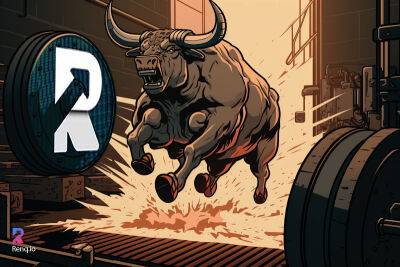The six phases to product-market fit in Web3
As the bear market of 2023 unfolds, the market is filled with tokens and projects on life support fighting to survive or retain value. Many of these projects, products and platforms differ from Web2 companies. They do not have focused teams to drive product-market fit (PMF). They use levers like incentives, tokens and a movement-centered approach to branding.
Web3 platforms can begin their product-market fit journey with the distribution of utility tokens via airdrops or bounties creating a community-operated workforce. Permissionless product innovation, leaderless movements (e.g., Bitcoin) and faceless branding are more nuanced than Web2 traditionalists would care to understand.
There are six broad and overlapping phases to achieve product-market fit, with key outcomes being the desirability, viability and economic feasibility of the product. These six phases must be well-understood, executed, measured and incentivized correctly.
This is a term coined by Andreessen Horowitz and it talks about three phases: product-market fit by drawing the right initial users even during the time the product is controlled by the founding team, incentivizing more users by turning them into a community and eventually turning operational control and decision making to the community.
This is the first stage of the PMF. Attract the right community and scale slowly to decentralize as you continue to bring in more of the right folks. This is the antithesis of the community built via ICOs where a bunch of speculators bought into a project and community that could be several degrees off a real fit. A compelling idea must be translated into a compelling vision and execution in the open market to have the right folks rallying behind it.
Discovering and
Read more on cointelegraph.com


 cointelegraph.com
cointelegraph.com











